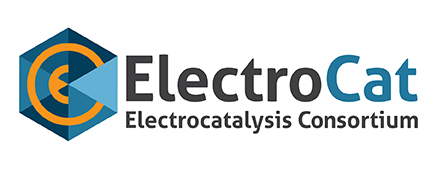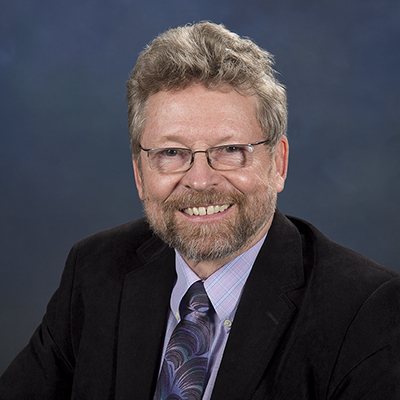 Developing effective PGM-free electrocatalysts at an accelerated pace requires a systematic approach in which potential catalysts are tested rapidly and comprehensively using high-throughput, combinatorial methods that are guided both by computational studies and fundamental knowledge of electrocatalysis and materials science.
Developing effective PGM-free electrocatalysts at an accelerated pace requires a systematic approach in which potential catalysts are tested rapidly and comprehensively using high-throughput, combinatorial methods that are guided both by computational studies and fundamental knowledge of electrocatalysis and materials science.
By pooling their expertise, ElectroCat’s national laboratory partners (co-led by Argonne National Laboratory and Los Alamos National Laboratory, with partners Oak Ridge National Laboratory and National Renewable Energy Laboratory) will advance the tools needed to model, characterize, and optimize PGM-free catalysts and electrode structures to the point that they are easily applied to a broad range of catalyst systems and set a standard for rapid material analysis.






